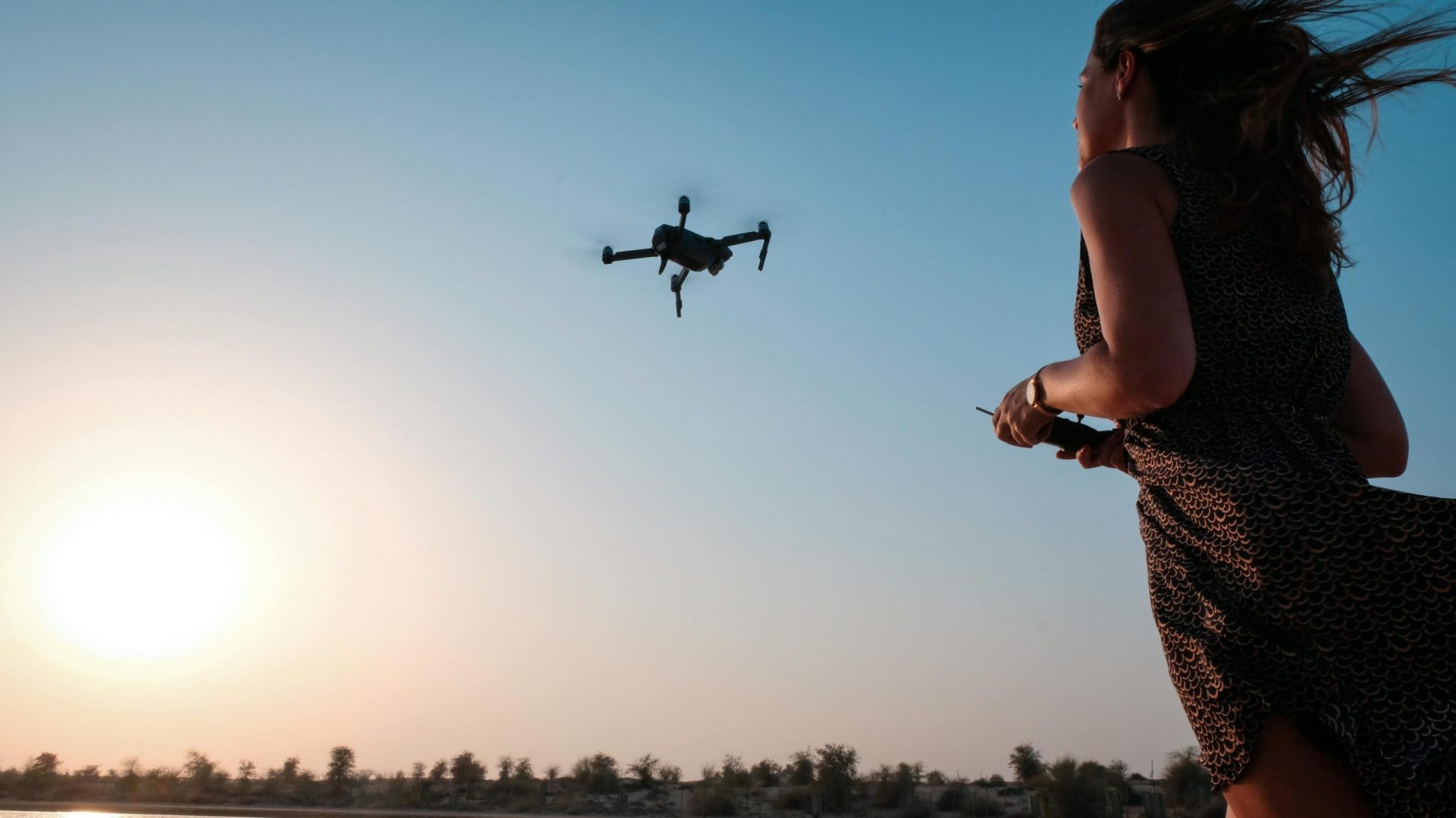This post may contain affiliate links. As an Amazon Associate, we may earn commissions from qualifying purchases.
Introduction
Drones, also known as unmanned aerial vehicles (UAVs), are becoming increasingly popular for recreational and commercial purposes. While they offer numerous benefits, safe operation is crucial to prevent accidents, protect privacy, and comply with regulations. Here are essential safety guidelines to follow when using drones.
General Safety Guidelines
- Read the Manual: Before flying, thoroughly read the user manual provided by the manufacturer. Understand the drone’s features, limitations, and safe operation procedures.
- Pre-Flight Checklist:
- Inspect Your Drone: Check for any damage to the propellers, body, and battery. Ensure all parts are securely attached.
- Battery Check: Fully charge the drone and controller batteries. Avoid flying with a low battery.
- Weather Conditions: Avoid flying in adverse weather conditions such as rain, snow, high winds, or fog.
- Know the Regulations:
- Register Your Drone: Follow local laws regarding drone registration.
- Understand Airspace Rules: Be aware of no-fly zones, restricted areas, and maximum altitude limits. Always keep your drone within visual line of sight.
- Flight Area:
- Open Spaces: Fly in open, uncrowded areas to minimize the risk of injury or property damage.
- Avoid Obstacles: Keep away from buildings, trees, power lines, and other obstacles.
Safe Operation Practices
- Maintain Visual Line of Sight (VLOS): Always keep your drone within your line of sight to maintain control and avoid collisions.
- Avoid Crowds and Private Property: Do not fly over people, private property, or moving vehicles. Respect privacy and avoid capturing images or videos of individuals without consent.
- Altitude Limits: Adhere to local regulations regarding maximum flight altitude, typically around 400 feet (120 meters) above ground level to avoid interfering with manned aircraft.
- Return-to-Home (RTH) Function: Familiarize yourself with the RTH function and set a safe RTH altitude to ensure your drone can safely return in case of signal loss or low battery.
- Emergency Procedures: Be prepared for emergencies by knowing how to safely land your drone manually if necessary. Practice controlled landings and understand how to cut power if needed.
Privacy and Ethical Considerations
- Respect Privacy: Do not fly over private property or capture images and videos of people without their consent. Be aware of privacy laws in your area.
- Avoid Sensitive Areas: Refrain from flying near government buildings, military installations, airports, and other sensitive locations.
Post-Flight Safety
- Inspect Your Drone: After landing, inspect your drone for any damage or wear and tear. Clean the propellers and body if necessary.
- Battery Care: Remove the battery and allow it to cool before recharging. Store batteries in a cool, dry place and follow manufacturer guidelines for battery maintenance.
Additional Tips
- Keep Learning: Stay updated on the latest drone regulations, safety tips, and technology advancements. Join local drone clubs or online forums to share experiences and learn from other pilots.
- Insurance: Consider purchasing drone insurance to cover potential damage to your drone or third-party property.
- Training: If you are a beginner, consider taking a drone flying course to learn the basics of safe and responsible drone operation.
Conclusion
Adhering to safety guidelines is essential for responsible drone use. By understanding and following these guidelines, you can enjoy the benefits of drone technology while minimizing risks to yourself, others, and the environment. Safe flying!

